Cats in Conservation
In the intricate tapestry of conservation efforts, cats prowl as elusive guardians of biodiversity, their significance often underestimated. From the regal lionesses of the Serengeti to the nimble margays of the Amazon rainforest, feline species face a myriad of challenges in a rapidly changing world.
As the sun sets on their habitats, a question lingers – what can be done to secure their future? By exploring the intertwined destinies of cats and conservation, one can uncover a world where each paw print leads to a deeper understanding of the delicate dance between predator and prey.
Key Points
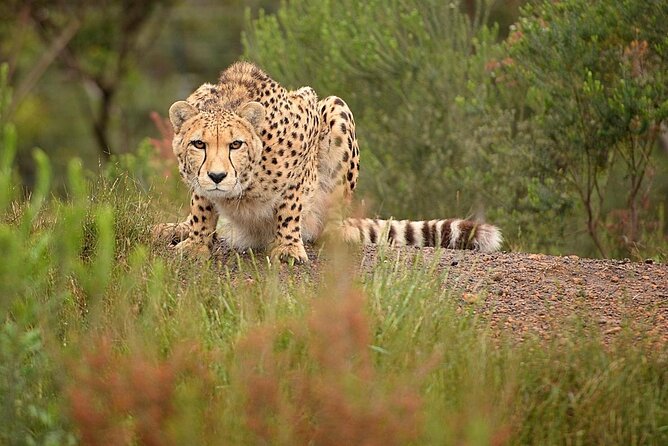
- Feline conservation faces threats like habitat loss and poaching.
- Conservation efforts focus on research, habitat restoration, and community engagement.
- Human activities impact feline habitats, emphasizing the need for sustainable coexistence.
- Sanctuaries play a vital role in protecting and rehabilitating feline species.
Threats to Wild Cat Populations
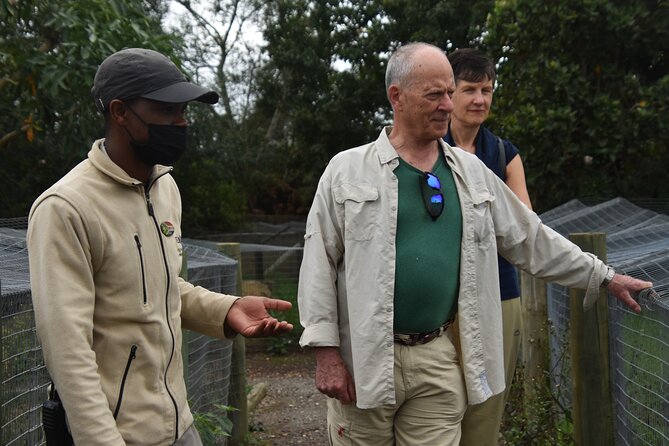
Wild cat populations face a myriad of threats in their natural habitats, ranging from habitat loss to poaching and human-wildlife conflict. Challenges such as deforestation and urban expansion continuously encroach upon the territories where these majestic creatures reside.
Poaching, driven by the demand for exotic pets or traditional medicine, poses a significant risk to the survival of wild cat species. To combat this threat, various poaching deterrents, such as increased law enforcement efforts and community engagement programs, are being implemented. These deterrents aim to raise awareness about the importance of conserving wild cat populations and the severe consequences of illegal poaching activities.
Despite these challenges, ongoing efforts are being made to protect and preserve these iconic feline species for future generations to admire and cherish.
Conservation Efforts for Feline Species
Amidst the challenges faced by wild cat populations, concerted conservation efforts are actively underway to safeguard the future of these magnificent feline species.
-
Feline Research: Scientists are conducting groundbreaking research to better understand the behaviors and needs of different feline species.
-
Species Preservation: Organizations are working tirelessly to protect endangered feline species from extinction.
-
Habitat Restoration: Efforts are being made to restore and preserve the natural habitats of wild cats.
-
Community Involvement: Local communities are being engaged in conservation projects to promote coexistence with feline species.
-
Education and Awareness: Public outreach programs are raising awareness about the importance of conserving feline species for future generations.
Impact of Human Activities on Feline Habitats
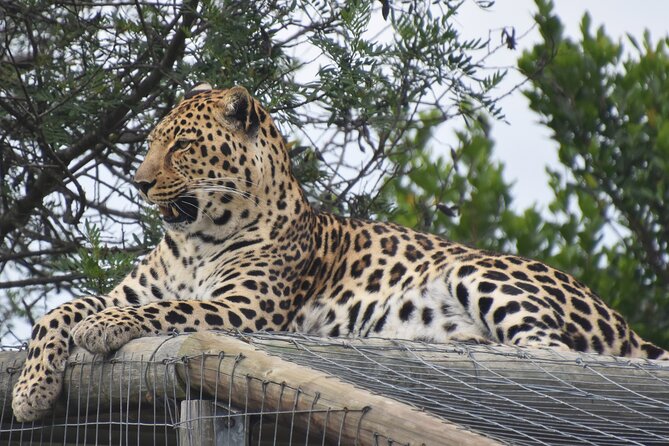
Human activities pose a significant threat to the habitats of feline species worldwide, impacting their survival and well-being. Feline habitat destruction, often driven by urbanization and agricultural expansion, reduces the available space for these majestic creatures to roam freely.
Human-wildlife conflicts arise when felines encroach upon human settlements in search of food or territory. Poaching dangers further exacerbate the situation, with big cats targeted for their pelts, bones, and other body parts.
Habitat fragmentation, caused by roads and development projects, isolates feline populations, leading to genetic bottlenecks and decreased breeding success. To ensure the future of feline species, it’s crucial for humans to address these issues and work towards sustainable coexistence with these remarkable animals.
Success Stories in Cat Conservation

In the realm of conservation efforts, notable achievements have been made in the preservation of feline populations across various habitats worldwide.
- Snow Leopard Trust: Utilizing community engagement to protect snow leopards in Asia.
- Cheetah Conservation Fund: Success in captive breeding programs to increase cheetah populations.
- Pallas’s Cat Conservation: Working with local communities to safeguard the Pallas’s cat in Central Asia.
- African Wildlife Foundation: Implementing community-based conservation strategies to protect African lions.
- Black-footed Cat Working Group: Collaborating with communities to conserve the endangered black-footed cat in Southern Africa.
These success stories highlight the importance of captive breeding and community engagement in ensuring the survival of feline species around the world.
Role of Sanctuaries in Feline Protection
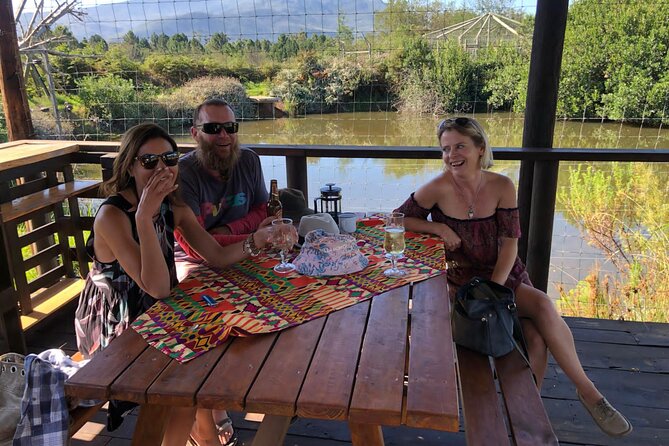
Sanctuaries play a crucial role in safeguarding feline species by providing a safe haven for these majestic animals in need of protection and care. Sanctuary initiatives offer feline protection opportunities through rescue, rehabilitation, and conservation efforts.
These sanctuaries serve as vital spaces where endangered species can be nurtured back to health, ensuring their survival for future generations. By creating environments that mimic natural habitats, sanctuaries allow these felines to live comfortably and exhibit their natural behaviors.
On top of that, sanctuary programs often include educational components to raise awareness about the importance of feline conservation. Through these initiatives, sanctuaries not only provide a refuge for endangered feline species but also contribute significantly to the broader conservation efforts aimed at preserving these magnificent creatures.
Ways to Support Cat Conservation
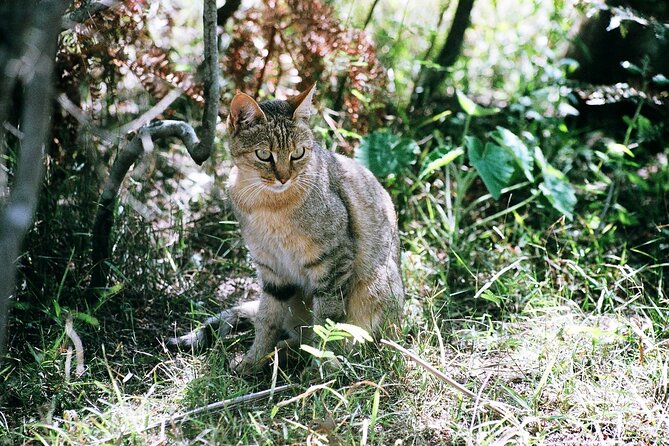
Playing a part in the conservation of feline species can be as simple as supporting organizations dedicated to their protection and well-being. Here are some ways to support cat conservation:
-
Participate in fundraising campaigns: Donate to organizations that work towards protecting and conserving feline species.
-
Volunteer your time: Get involved in volunteer opportunities at local sanctuaries or wildlife conservation centers.
-
Spread awareness: Share information about cat conservation on social media or in your community to educate others.
-
Adopt, don’t shop: Consider adopting a cat from a shelter or rescue organization to help reduce the demand for breeding.
-
Support legislation: Advocate for laws that protect feline species and their habitats to ensure long-term conservation efforts.
Common questions
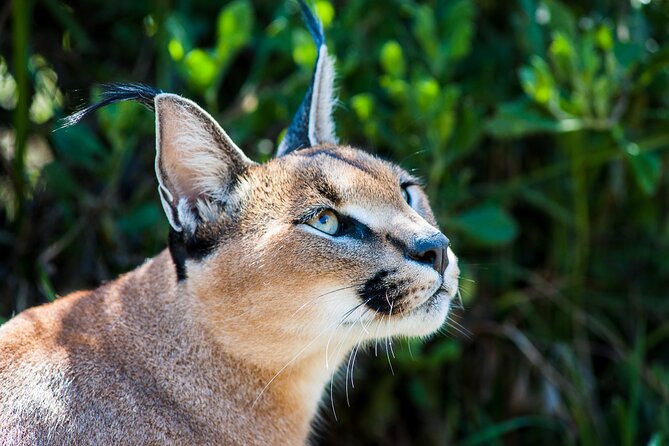
What Specific Measures Are Being Taken to Address the Decline in Wild Cat Populations?
When addressing the decline in wild cat populations, conservation efforts include utilizing tracking technology, engaging local communities, restoring habitats, and implementing captive breeding programs. These strategies aim to monitor, protect, and increase wild cat populations effectively.
How Do Conservation Efforts for Feline Species Differ From Those for Other Wildlife?
Conservation efforts for feline species differ from those for other wildlife due to specific challenges. Genetic diversity, habitat fragmentation, poaching, and human-wildlife conflict are critical factors. Tailored strategies are essential to protect these iconic and threatened animals effectively.
Are There Any Lesser-Known Human Activities That Have a Significant Impact on Feline Habitats?
Urban development and agriculture can encroach on feline habitats, disrupting ecosystems. Climate change and deforestation further impact these areas. These lesser-known human activities have significant consequences for feline habitats, necessitating conservation efforts and awareness.
Can You Share a Recent Success Story in the Field of Cat Conservation That Has Had a Positive Impact?
In recent success stories, community engagement and research collaboration have driven positive impacts in cat conservation. Innovative technology and policy advocacy play key roles in safeguarding feline habitats. These efforts highlight the importance of collective action.
How Do Sanctuaries Play a Role in Feline Protection That Is Different From Other Conservation Methods?
Sanctuaries provide a unique haven for feline protection through hands-on care, community engagement, and specialized education programs. They actively contribute to vital research initiatives, fostering a deeper understanding of these majestic creatures while promoting conservation efforts.
Last Words

To sum it up, cats play a crucial role in conservation efforts worldwide, from the African savannah to the Himalayan mountains. By supporting initiatives that protect these majestic creatures, you can contribute to preserving biodiversity and ecosystems for future generations.
Through education, awareness, and active participation, we can ensure that these magnificent felines continue to thrive in their natural habitats. Let’s come together to celebrate and safeguard the beauty and importance of cats in conservation.